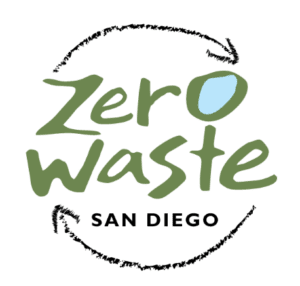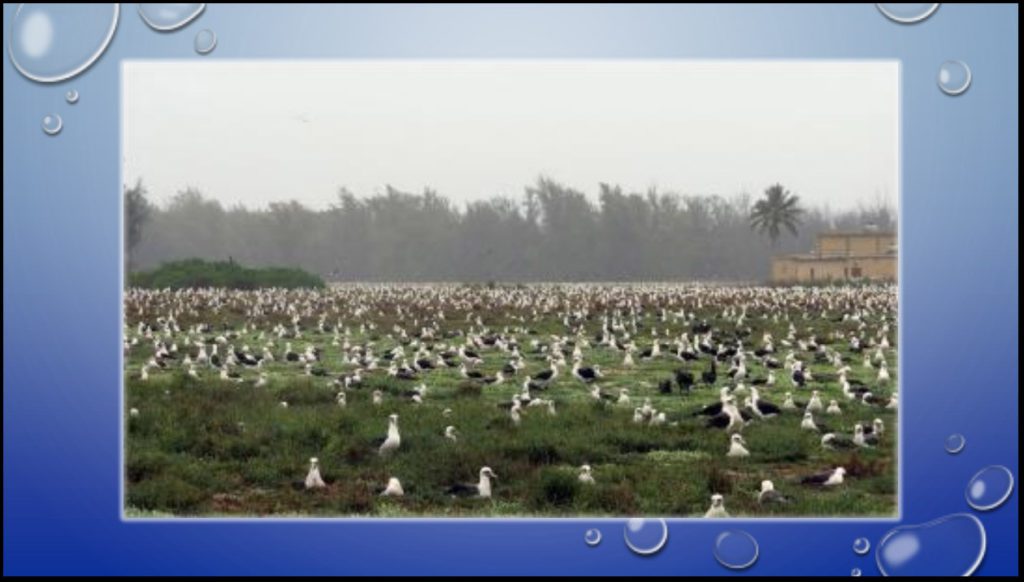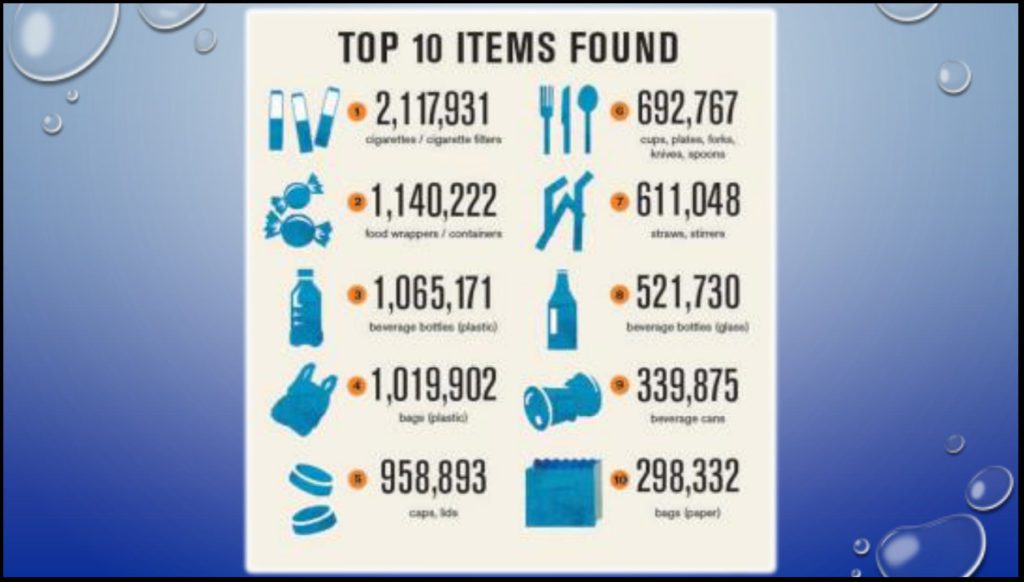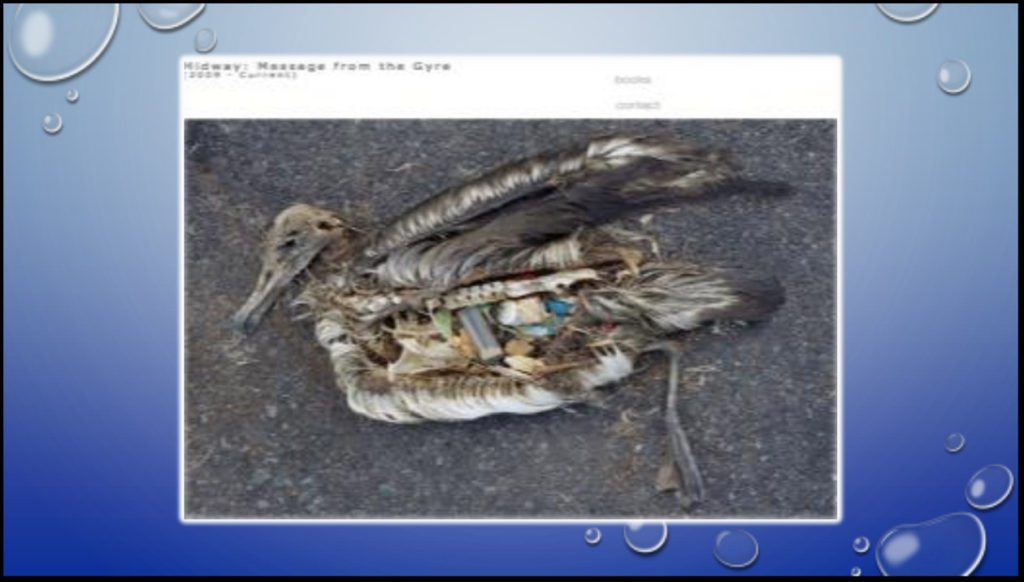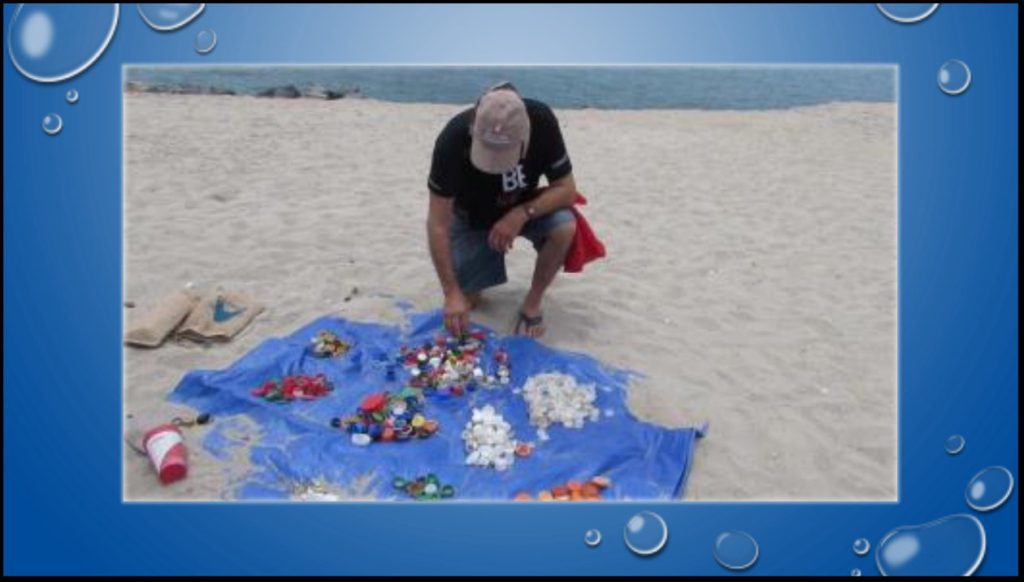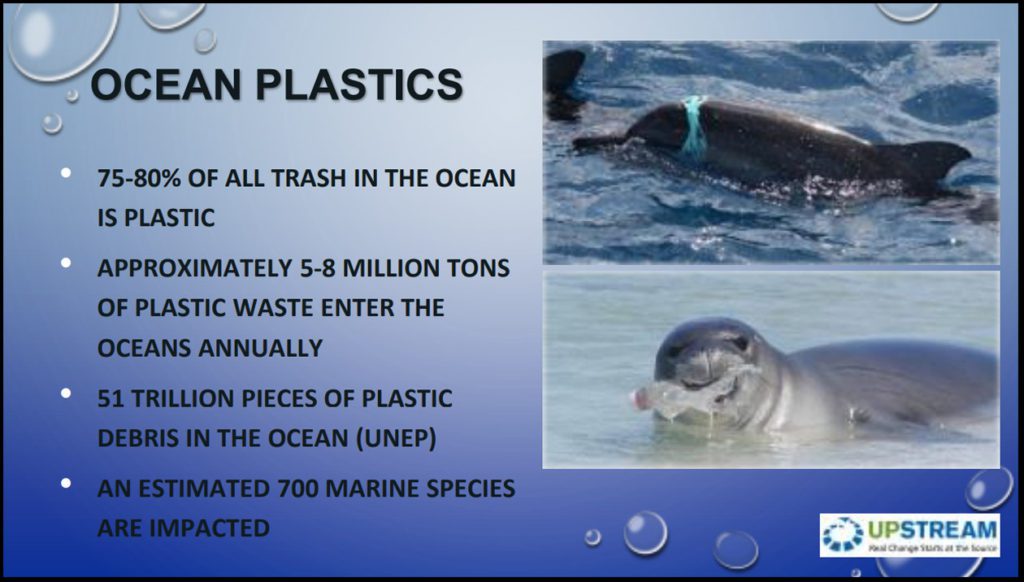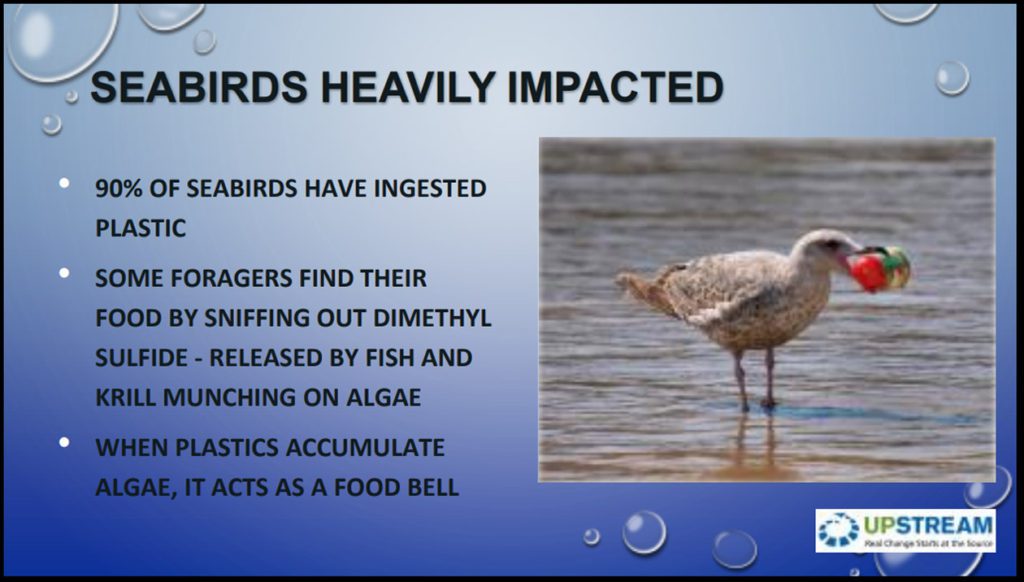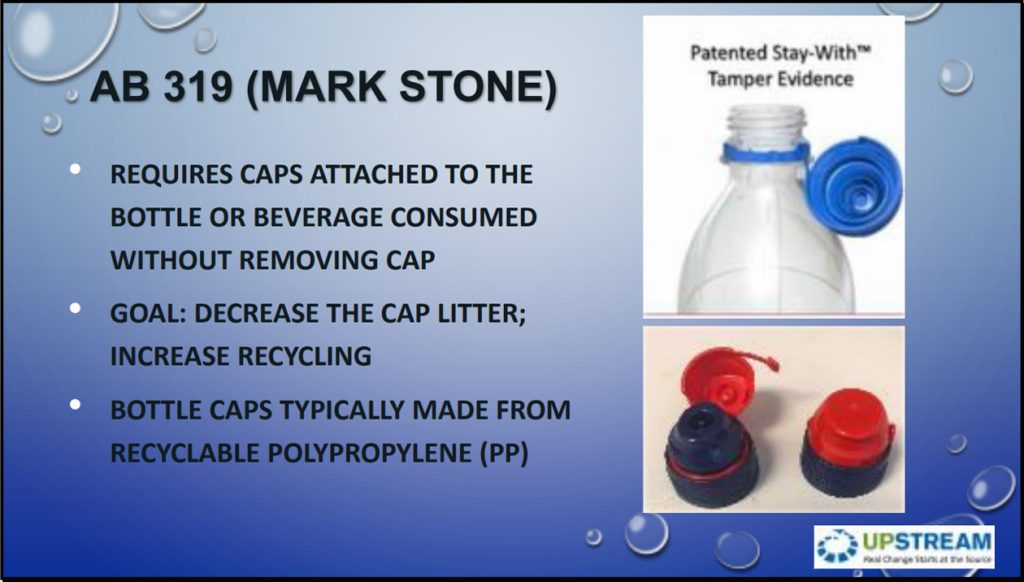Our goal...
Our goal for ZWIA is to network Zero Waste advocates in an international community that can act on product and packaging policies and discarded material management through sharing and mentoring. Our power, as consumers, is that if we don’t buy the products, manufacturers must change or suffer the loss of customers. Our power as advocates and professionals is that we can show what is possible.
As we always say if you are not for Zero Waste, how much waste are you for?
Take care and be safe.
